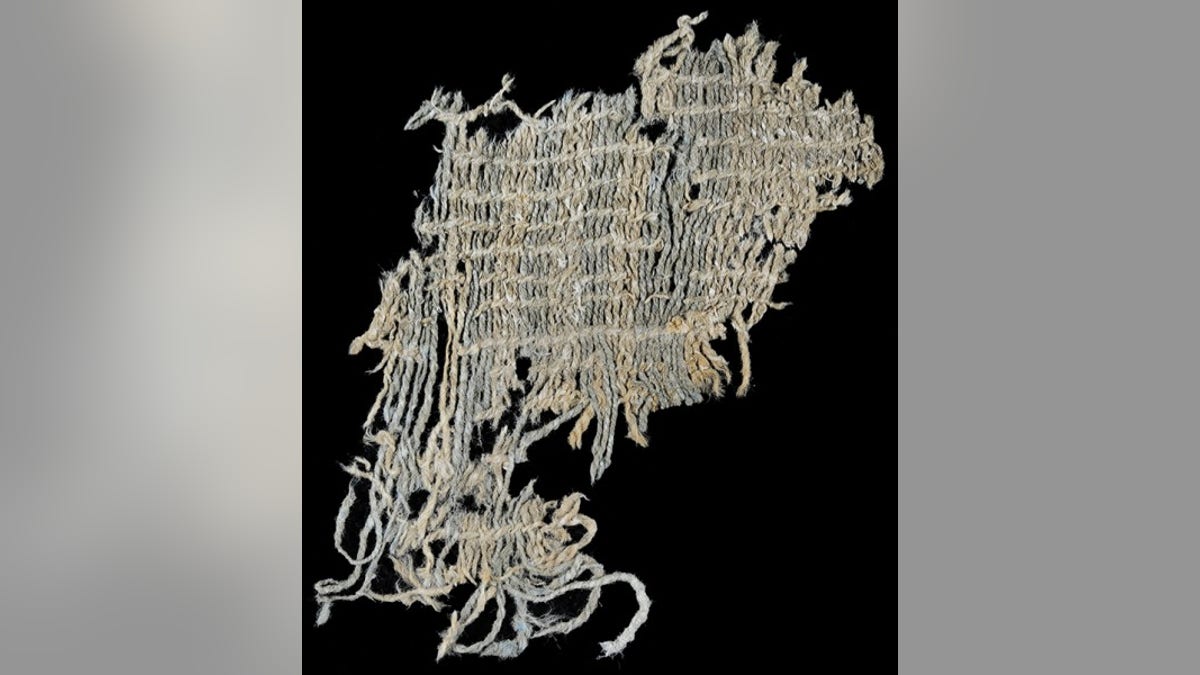
(Lauren Urana)
A frayed and ancient textile fragment discovered in Peru represents the oldest piece of indigo-dyed fabric known, according to an anthropologist from George Washington University.
One of the oldest pieces of cotton textile in existence, the fabric is 6,200 years old, and might have even been used in rituals at a temple site; the indigo that dyed this specimen blue probably came from a plant endemic to Peru called Indigofera suffruticosa.
Jeffrey Splitstoser, the researcher behind the discovery and an archaeologist at George Washington University, pointed out that this ancient textile shares something in common with a ubiquitous modern fabric: blue jeans are also dyed with indigo, he said. (Although today the dye is synthetic, he added.)
Unlike blue jeans, though, these ancient indigo-dyed textiles probably weren’t worn.
“The textiles themselves are all fragments, but they are in an excellent state of preservation, so I know that originally they were small fabrics and most likely used as ‘bags’ for wrapping things,” Splitstoser said.
They could have served a ritualistic purpose, and might have wrapped offerings like gourds. This specimen was discovered at a site in Peru called Huaca Prieta in 2009, which is a “Preceramic temple mound,” according to Splitstoser.
“The textiles were probably used in rituals at the site, because they were deposited on the ramp that led to the top of the mound,” Splitstoser said. “The textiles are all cut, torn, and/or ripped, and many, if not most, show signs of having been wet and wrung out.”
Since the textile dates to truly ancient times, it represents the technological prowess of the indigenous people of the era.
“Some of the world’s most significant technological achievements were developed first in the New World,” Splitstoser said in a statement announcing the discovery. “Many people, however, remain mostly unaware of the important technological contributions made by Native Americans, perhaps because so many of these technologies were replaced by European systems during the conquest. However, the fine fibers and sophisticated dyeing, spinning and weaving practices developed by ancient South Americans were quickly co-opted by Europeans.”
Follow Rob Verger on Twitter: @robverger




















